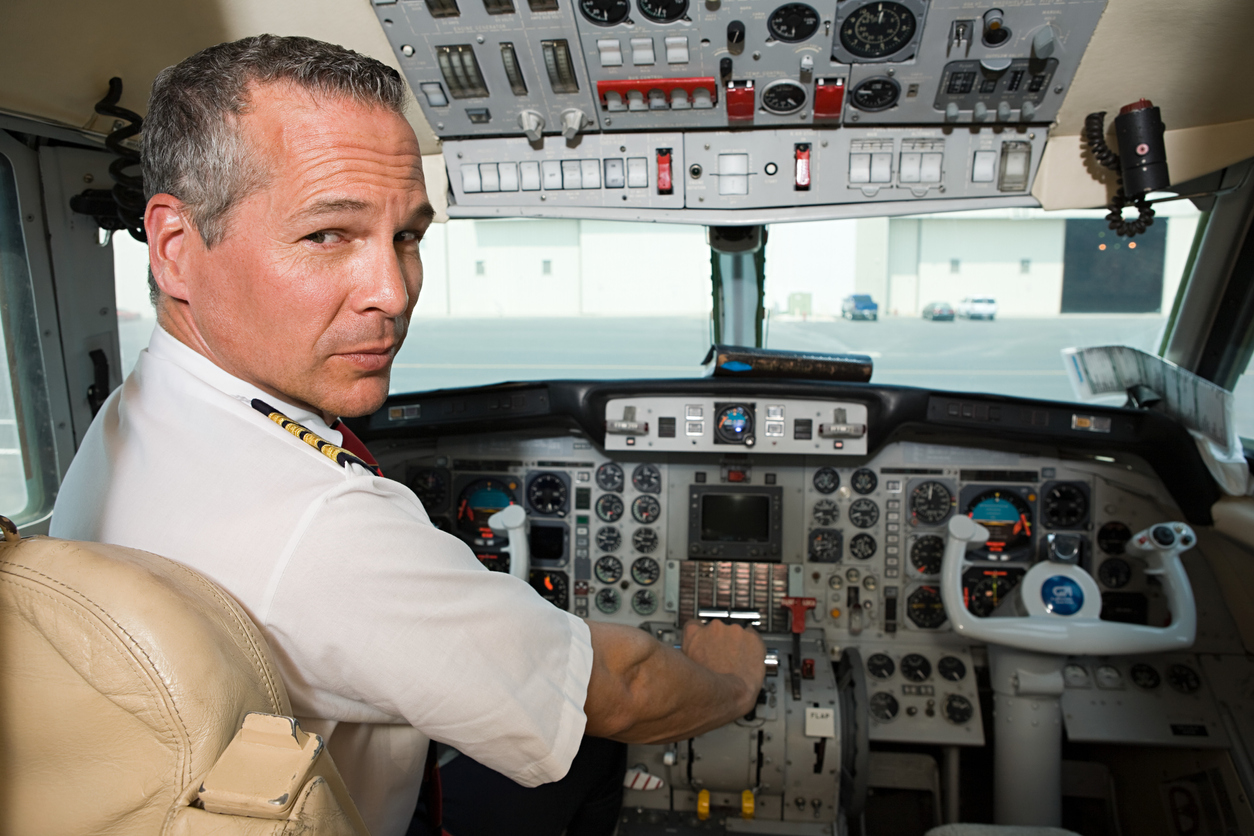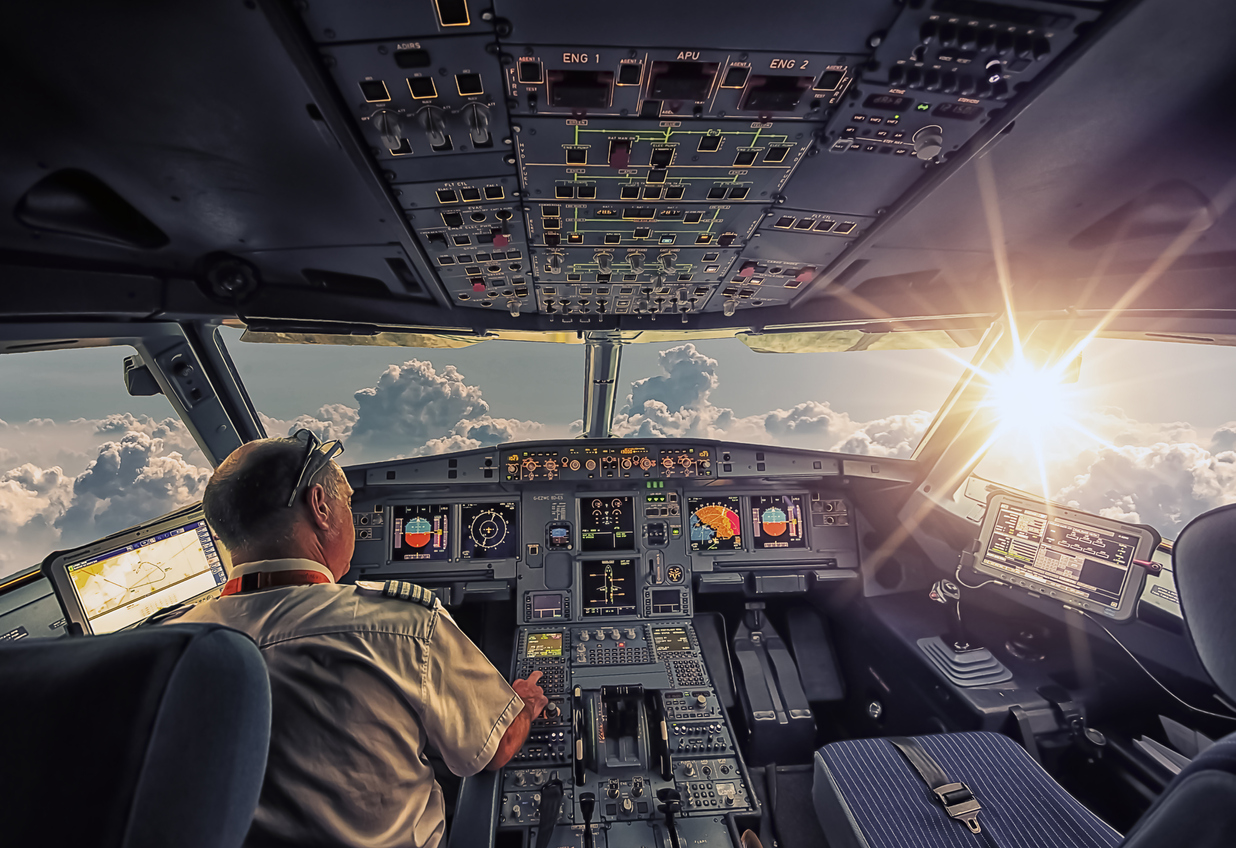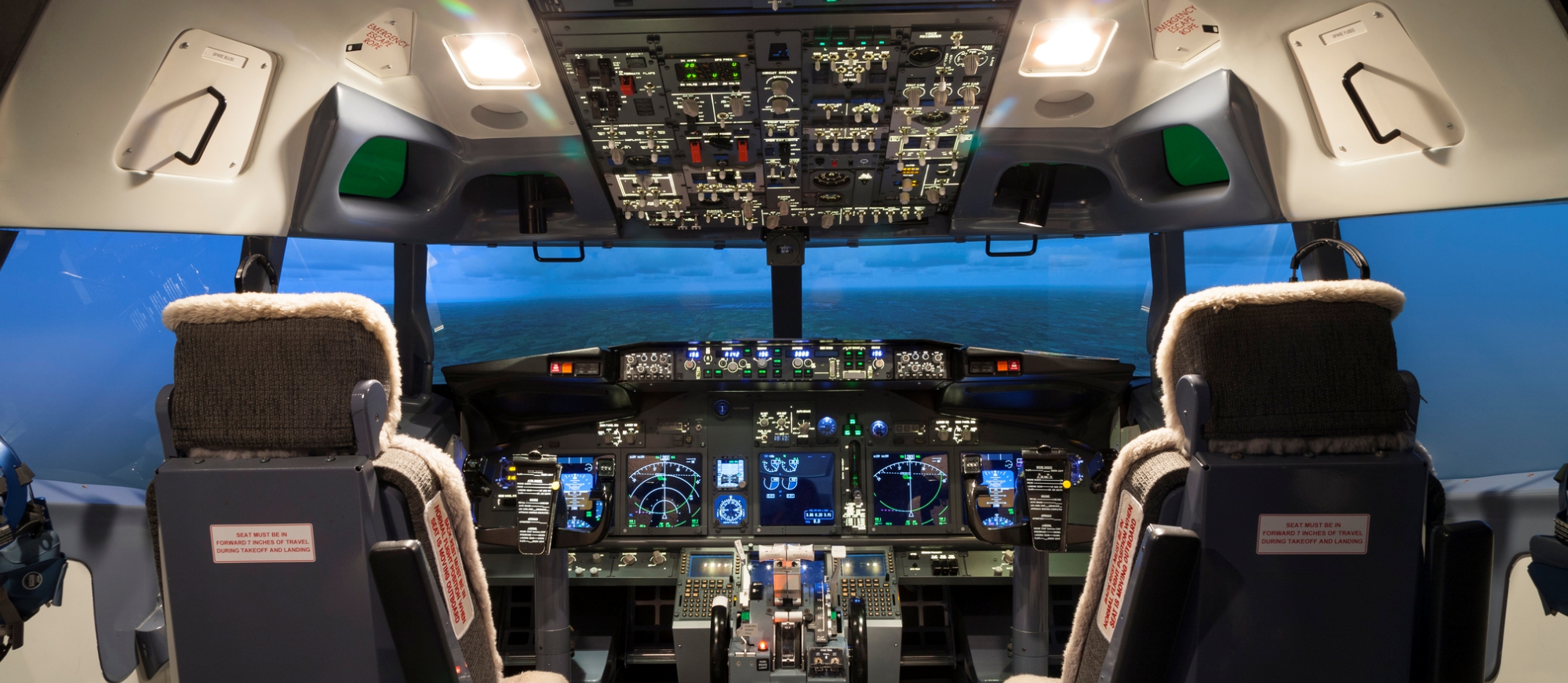Single Pilot Flight Crews May Be the Future of Aviation
January 19, 2022

Recently, Airbus has announced that they are working towards implementing single pilot flight crews on their A350F cargo planes. While there are still major hurdles which must be cleared before this shift comes to fruition, it may signal the start of a trend that will dramatically alter the future of aviation over the next decade. As autonomous flight technology continues to improve, we may see a widespread transition to smaller flight crews throughout the industry.
Currently, most long-distance flights have three to four pilots on them. This allows for two pilots to operate the plane while still having one to two additional pilots on board to rotate into the flight deck, providing each pilot the ability to get some rest. Airbus is seeking to drop this total to two pilots on their A350F flights. Both pilots would be in the cockpit for takeoff and landing, but only one pilot would be operating the aircraft during the rest of the flight while the other pilot would be resting.
This constitutes a fundamental shift in the way flights would be operated. As a result, it’s important to examine the many different aspects of this shift in order to determine its impact on the aviation industry.
How Can We Successfully Transition to a One-Pilot System?
There are two primary components to making this transition:
- Autonomous fight technology – Many more aspects of flying a plane will become automated. Tasks previously performed by a pilot will now be completed by computers.
- Offloading tasks from the cockpit to the ground – Certain tasks previously completed by a pilot will now be performed by a “super dispatcher” on the ground. This person is a trained pilot who would be responsible for overseeing several flights simultaneously and have the ability to fully control the plane remotely if necessary, such as in a situation where the onboard pilot becomes incapacitated. This will eliminate many redundancies that currently exist with two pilots in a cockpit, streamlining the flying environment so that it becomes less chaotic.
Economics Are the Primary Driver of this Shift
It is no secret that the aviation industry has been ravaged by the COVID-19 pandemic. Airline revenues have plummeted over the last two years, and it will most likely be a long time before they completely rebound. Therefore, it should come as no surprise that cost savings has been a primary driver behind this move.
Approximately 25% of aircraft expenses are associated with labor costs, and the crew accounts for 13% of total expenses. As a result, reducing the crew size can be have a significant impact on reducing overall operating expenses at a time when these savings are crucial to remaining financially viable. Autonomous flight technology provides airlines the ability to automate many of the functions associated with operating a plane, reducing the responsibilities associated with pilots. This can allow for a smaller flight crew than was previously possible.
Additional Benefits of Autonomous Flight Technology
In addition to saving money, the adoption of autonomous flight technology may potentially offer other benefits to flight operations:
- Makes it easier for pilots to balance between working and resting time
- Reduces the risk of human error during flights
- Reduces fuel costs and overall operating costs
- Supports pilots in their strategic decision making
Potential Downsides to Single Pilot Crews
While there are certainly ways in which this shift to smaller flight crews can benefit the aviation industry, there are also potential downsides which must be addressed before this trend is adopted industry-wide.

Safety Concerns
There is potential for autonomous flight technology to reduce human error and result in certain safety improvements overall. However, there are other safety concerns which may arise from this shift:
- The impact on pilot workload and fatigue must be more fully examined to ensure this doesn’t increase the risk of poor situational awareness or missed visual cues regarding which tasks have been completed
- While rare, pilot incapacitation due to a medical emergency is always a potential risk, and a smaller crew could make it exceedingly challenging to overcome this issue in the event that it occurs
- There may be greater potential for sleep inertia for pilots taking over after a long period of rest
- In the event that autonomous flight technology fails or malfunctions, it may be more challenging to troubleshoot the issue with only one pilot
- A smaller crew makes it more challenging for pilots to perform one of their secondary roles, which is to assist with drunk or unruly passengers who create safety issues for others on the plane
Negative Impact on Pilot Jobs
Smaller crews mean fewer pilots are required. Many pilots have already been out of work with extended furloughs caused by the pandemic, and have been struggling to make a living as a result. Reducing the size of pilot crews will make it harder for many pilots to secure enough shifts to pay their bills. This not only impacts existing pilots, but it may also deter talented individuals from becoming pilots in the future.
Impact on Pilot Training
There are many unanswered questions regarding how this will impact pilot training. The adoption of autonomous flight technology will undoubtedly result in significant changes to training requirements, and it may take a long time for training programs to become updated. It’s crucial that all pilots receive proper training before these changes can be implemented.
Using online aviation training courses that are flexible and easy to update on the fly will make it easier for airlines to ensure their courses keep up with the changes associated with these changing industry norms.
Are Smaller Flight Crews a Step in the Right Direction?
It’s still too early to determine whether this shift will be an overall improvement to the way the aviation industry operates. At Avsoft, we primarily view the aviation industry from the lens of how these changes will impact pilot training. Our courses are constantly being updated to address changing standards, and they provide airlines and ATOs the ability to customize our courses to meet their specific needs. From this perspective, we’re confident in our ability to meet the evolving needs of online pilot training that may result from this shift.
However, there are far more important factors to consider than the impact on training. In general, we believe that safety should be the primary factor driving this decision, not finances. While we see the importance of airlines cutting costs wherever possible during these challenging financial times, it should never come at the expense of safety. If the safety concerns associated with single pilot crews cannot be adequately addressed, the negative consequences of this shift are too catastrophic to justify. However, if this shift can be done without jeopardizing safety, we believe it can potentially be a game changer for the aviation industry.
We will be closely watching this trend as it develops, and we will make sure that our courses remain compliant with any associated changes in aviation regulatory body requirements.

